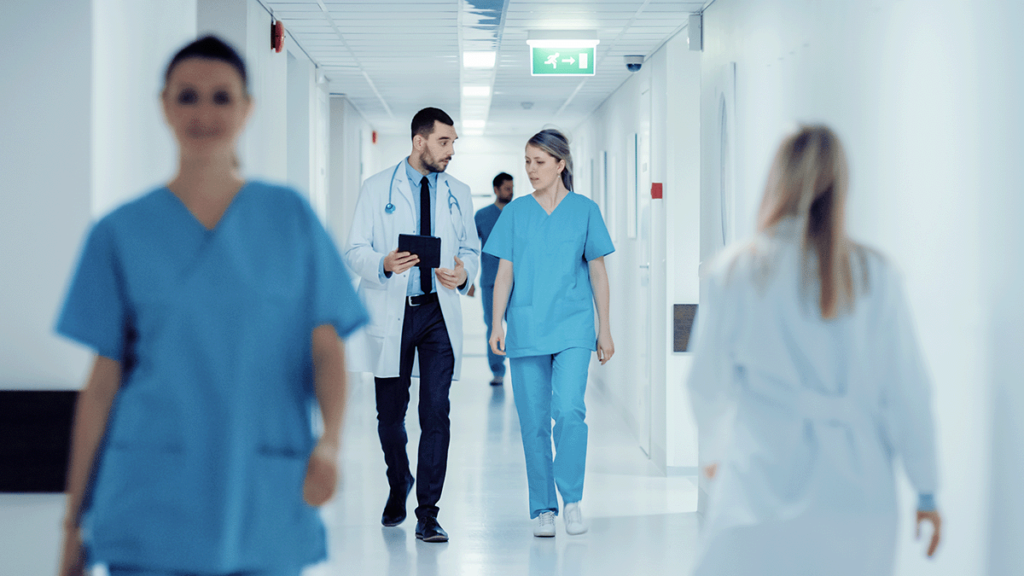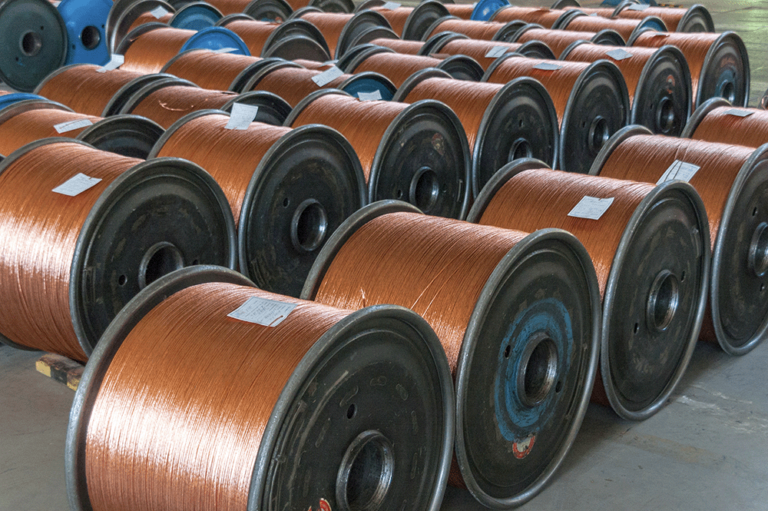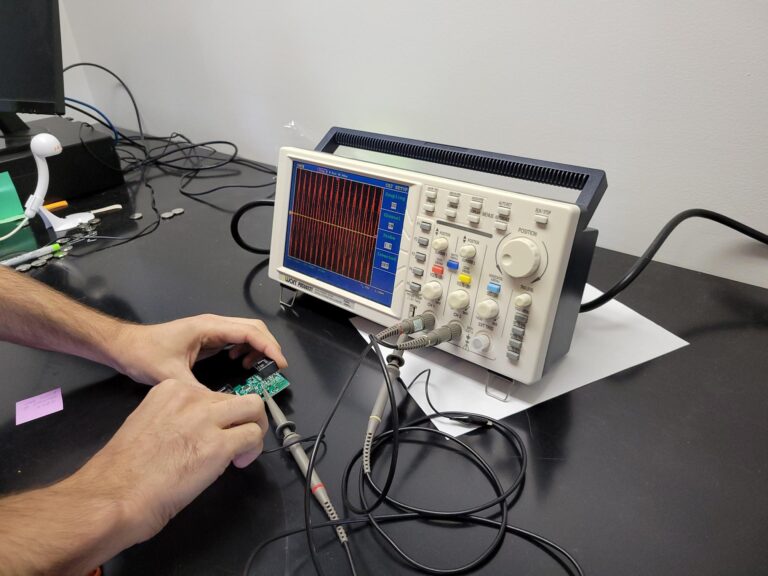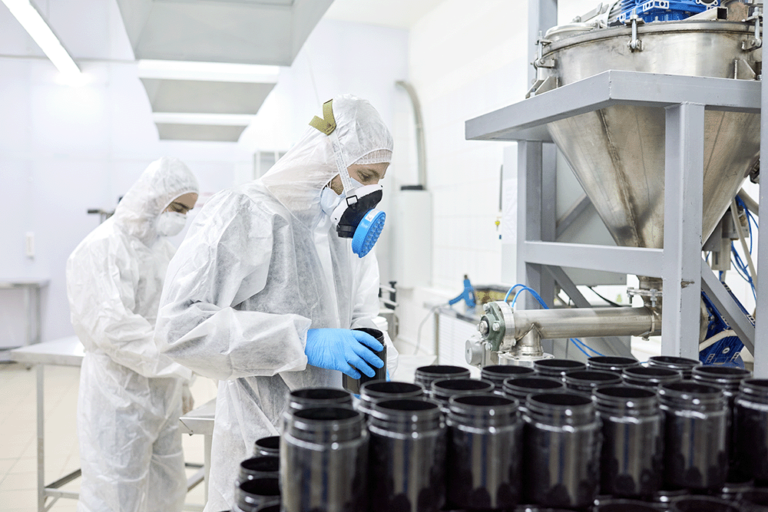
Why RTLS Matters in Modern Healthcare
Real-time location systems (RTLS) are primarily known for tracking valuable items. In the wake of the pandemic, their role in healthcare has become even more critical. One hospital in Colorado, Mountain Region CommonSpirit Health, looked for technological innovations to transform patient care and “Real-time locating systems (RTLS) emerged early on as a key innovative technology to improve care quality, patient experience and clinician wellbeing,” according to Dr. Kelly McKinnis, Chief Medical Information Officer at Mountain Region CommonSpirit Health.
Here are just a few common, urgent, and replicable reasons hospitals can, or already do, use RTLS:
- Automating usage reports
- Management of hospital inventories
- To simplify reporting processes
- Granular contact tracing
- Preserving privacy
Related reading: Everything You Need to Know About Real-Time Location Systems (RTLS) in 2024.
Five Hospital RTLS Benefits
1. Automating usage reports
The importance of efficiently managing medical equipment and space is critical in a busy hospital environment. Manual tracking can be cumbersome and error prone. RTLS automates this process, generating real-time usage reports. By tracking the location of patients, staff, and equipment, hospitals can identify underutilized areas and equipment.
Some manual measurements help with this. For instance, reporting when people check in and out of a room, when an procedure or diagnostic is done, or logging any delays based on a need for requisite equipment. An easier way, however, is to generate usage reports based on real-time location data. This data can then populate key usage reports immediately.
2. Management of hospital inventories
Inventory management is important enough to merit its own discussion. Healthcare facilities usually require a huge number of moving parts. Many supplies and pieces of equipment are critical and need to be quickly accessible for use.
This prompts some important questions. What if a nurse needs a wheelchair or an IV pump in a hurry and can’t find one? What if medicinal inventory is stored in the wrong place and expires? What if a hospital administrator orders 80 more gurneys only to find 200 extras in an obscure storage space?
RTLS can help save money and unplanned downtime by showing where key items are the moment they’re needed. This can allow preemptive—or even automatic—resupply when numbers get low. It also removes the need for searching at random through supply areas, since it shows whether a particular item is in use, has been misplaced, or is simply being hoarded somewhere.
3. To simplify reporting processes
Imagine trying to do pen-and-paper contact tracing in a hospital. Hallways typically aren’t very wide, so there’s potential contact for anyone walking by at the same time. Also, nurses and doctors have to move regularly from patient to patient. A constant influx of visitors and patients could be moving any given direction, making it nearly impossible to trace who interacts near whom. Inventory has similar issues. It’s an immense undertaking that would have to be continually updated all day, every day.
RTLS simplifies all these processes. While real-time location can’t eliminate every important reporting procedure, it reduces the time and effort required. As a result, this helps safeguard medical professionals’ time to do what only they can do—administering medical care. This also improves the accuracy of many reports, since inventory and other operations are prone to error or missteps in every industry.
The automated nature of RTLS connects contact tracing, usage reports and inventories. Rather than taking manual inventory, you can keep an always-current inventory without any reporting effort. It’s possible to automate check-in and check-out of key equipment by tracking the medical professional who moves a needed item. Contact tracing no longer requires a physical tally of who was in the room at what time, since the RTLS solution can log this data continually without human intervention. All this generates greater productivity and smoother processes for the whole hospital.
4. Granular contact tracing
Contact tracing was a hot topic during the pandemic, often focusing on large-scale population tracking. However, in healthcare settings, it is still in focus, and precise contact tracing is essential. RTLS can accurately monitor who has been in contact with whom, identifying potential contagion risks within a few feet or even inches. This technology can help enforce quarantine protocols, identify contaminated areas, and send immediate notifications if someone enters a restricted zone.
The data is the key. Best-in-class RTLS solutions can let hospital administrators know within a few feet—or even a few inches—who has been where, how long they stayed, and where they went next. WISER Systems has achieved these levels of precision in medical contact tracing tests in a large research hospital in California.
5. Preserving privacy
It’s worth noting that there are other ways to address each issue explored above. Camera-based systems and computer vision are one option. Optic systems can deliver many of the same types of data RTLS produces. The main problem is that these systems are often intrusive, especially since individual people are easy to identify with even basic facial recognition software. Wearing medical masks could help protect privacy, but this also makes it harder to do real contact tracing with an optic system, since it leaves fewer ways to identify individuals accurately.
Smartphones can also help with contact tracing, but like optic systems they can introduce privacy issues as well. To begin with, phones use MAC (media access control) addresses. MAC addresses are unique identifiers for each mobile device, so they offer an easy way to trace an individual phone or tablet when connected to a public WiFi network. They also expose several well-known—and thus more easily hackable—points of access, since they use common WiFi and Bluetooth protocols among others.
This is one of the big advantages of secure RTLS solutions. Devices can be temporarily assigned to one object or person and then reissued to another, so visual data or semi-static identifiers like MAC addresses never factor in. Security is also easier to control directly, especially for RTLS operating on dedicated networks.
In the end, privacy and security will always be key concerns in hospitals and other medical centers, since working with patients usually requires some confidential information. This means that technologies used in these settings need to be designed to support privacy directly.
RTLS as a Foundation for Smarter, Safer Hospitals
Real-time location systems are no longer limited to tracking equipment but have become a foundational technology for improving how hospitals operate every day. From granular contact tracing and automated usage reporting to smarter inventory management, simplified reporting, and privacy-first design, RTLS addresses some of the most persistent operational challenges in healthcare.
What connects these five benefits is data that is accurate, real-time, and continuously collected without adding burden to clinical staff. Instead of relying on manual logs, delayed reports, or incomplete visibility, hospitals can gain a single, reliable source of operational truth. This allows leaders to make faster decisions, reduce waste, improve productivity, and support clinicians with systems that work quietly in the background.
As hospitals continue to face staffing pressures, cost constraints, and heightened expectations around patient safety and privacy, technologies like RTLS will play an increasingly important role. The true value of RTLS lies not in any single use case, but in how these benefits work together to create more efficient, resilient, and patient-centered healthcare environments.



